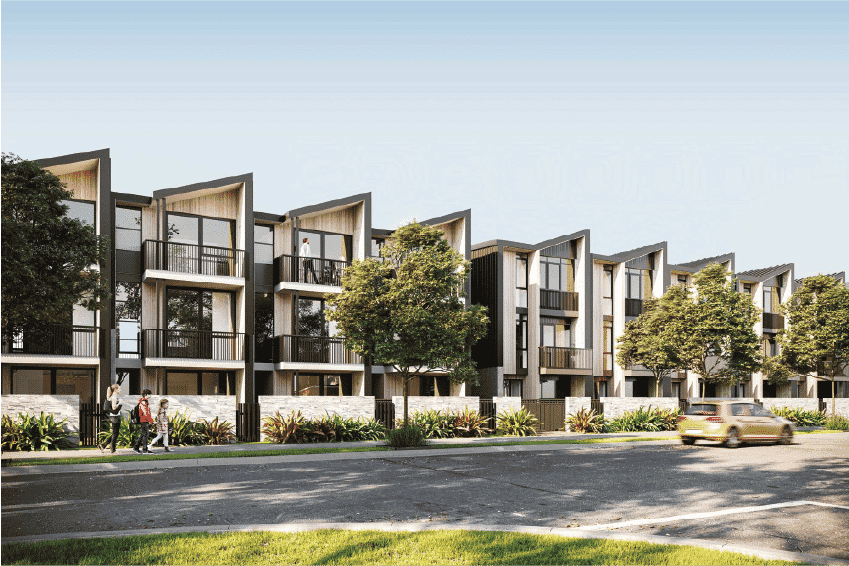By 2030, one-third of all global direct investment into real estate will occur in the living sector and investment is gathering momentum around the world. But less so in New Zealand. How do we compare to the UK in in terms of investors, completed and planned housing stock – as well as the all-important lived customer experience.

With more than 24 years’ experience in the property industry, Paul Winstanley, Head of Living Strategic Advisory UK, JLL, has provided clients with a range of services through consultancy, valuation, market analysis and supporting investment analysis for property transactions. He is a large-scale residential investment specialist and led JLL’s Build to Rent team covering Australia and New Zealand. Paul has been a BTR expert since 2008 and in March 2022 returned to the UK with JLL to be Head of Living Strategic Advisory, UK. Paul co-authored the RICS Build to Rent guidance note UK (2018) and is part of the API Build to Rent Guidance Note working group in Australia.
What have been the three most significant changes / challenges of 2022 for the residential property market, and how have you met those challenges?
1. The highest profile change and indeed challenge of 2022 was naturally the decline in average house prices across New Zealand. Nationally REINZ reported a 12.2% fall in median house prices in 2022 reflecting 18.0% in Auckland and 7.9% across the rest of the country excluding the City of Sails. Not an insignificant challenge in the short term of course, but residential investment requires a much longer term horizon and price fluctuations based on wider economic factors last year don’t fundamentally change the long term supply/demand imbalance which our industry must continue to look to address. In essence, short term challenges necessitate a longer term strategy.
2. While price is the most obvious market barometer, the underlying cause of price movements of borrowing cost increases was arguably the practical key change in 2022 that fuelled negative house price fluctuations. The OCR rose from 0.25% in October 2021 to 4.25% in November 2022; a period of 13 months only. This significantly impacted borrowers’ ability to support house price bids to the extent they had in 2021 in a market where, naturally, home loans are needed for many purchasers. A challenge certainly, but again taking a longer term view, it is noteworthy that inflationary pressures are expected to reduce during 2023 and, critically, employment level remains historically high. As and when better there is an improved economic climate and lower inflation begins to prevail (and therefore interest rates logically should ease), housing fundamentals will logically revert towards the trend of supply/demand imbalance and pricing pressure.
3. The Government proposed legislation which will include the creation of a Build to Rent asset class in NZ was a watershed change for the larger-scale residential investment market in New Zealand and something that will have ramifications for the long term. Although the relevant omnibus bill hasn’t become an Act of Parliament yet, once completed it will give a more solid foundation for investors looking to create an active and thriving Build to Rent sector in New Zealand. More challenges lie ahead to look to address Overseas Investment Act restrictions and depreciation rules to bring BTR in line with commercial property investment opportunities in Aotearoa.
What do you predict are three key factors likely to come in 2023 and how are you intending to prepare for them?
Firstly, Build to Rent becoming an asset class in legislation which will encourage investors to continue to enter dialogue with the Government to further enhance the BTR opportunity across New Zealand
Secondly, inflation should (fingers crossed) notably reduce during 2023 which will begin the process of opening up property markets generally, and residential specifically, for individuals, investors and developers alike. Continuing to investigate potential opportunities which may be marginally presently so as to be in a position to give projects the green light in late 2023 feels a productive use of time in 1H23.
Thirdly, as countries around the world also start to navigate towards a period of lower inflation, opportunities for those wishing to move to or visit New Zealand will start to become increasingly realistic. We should be making plans for net migration and tourism to turn a consistent corner within the next 12 to 18 months (noting that we saw first positive monthly net migration since Feb 2021 in November 2022) – and ensure that our residential investment and development strategies are in place to be ahead of the curve when data driven trend tell-tale signs appear on the horizon.
Hear from Paul Winstanley at the Residential Development Summit
Grab last minute tickets to this year's Residential Development Summit taking place on Thursday 9 March. Limited spots remain.
Buy tickets
